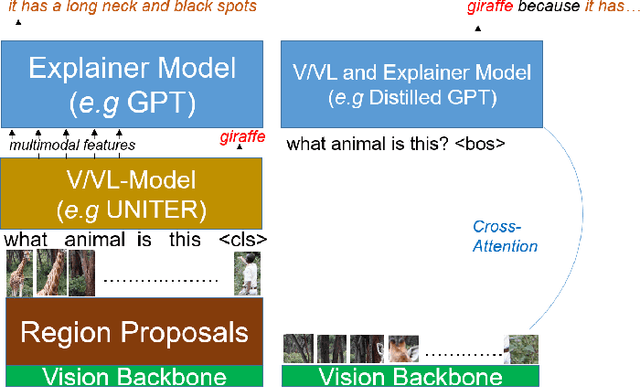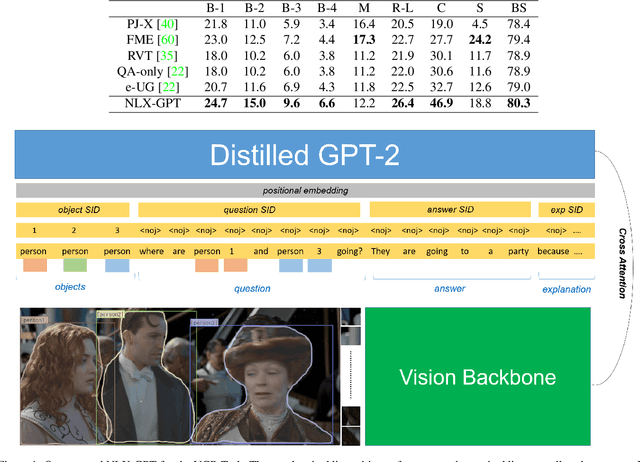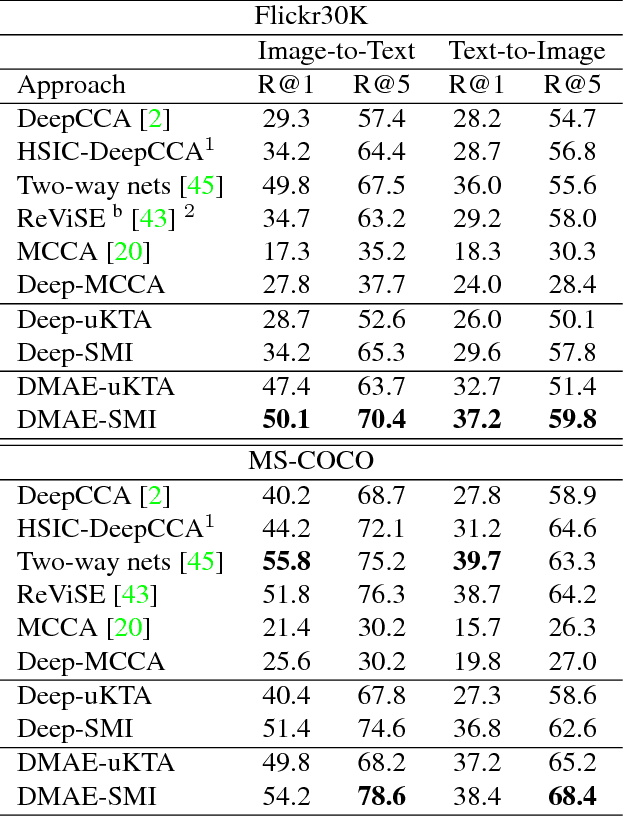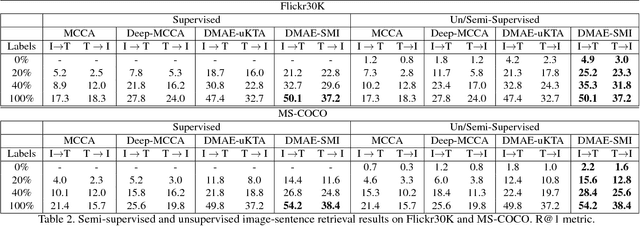Tanmoy Mukherjee
MODE: Multi-Objective Adaptive Coreset Selection
Dec 24, 2025Abstract:We present Mode(Multi-Objective adaptive Data Efficiency), a framework that dynamically combines coreset selection strategies based on their evolving contribution to model performance. Unlike static methods, \mode adapts selection criteria to training phases: emphasizing class balance early, diversity during representation learning, and uncertainty at convergence. We show that MODE achieves (1-1/e)-approximation with O(n \log n) complexity and demonstrates competitive accuracy while providing interpretable insights into data utility evolution. Experiments show \mode reduces memory requirements
The STOIC2021 COVID-19 AI challenge: applying reusable training methodologies to private data
Jun 25, 2023Abstract:Challenges drive the state-of-the-art of automated medical image analysis. The quantity of public training data that they provide can limit the performance of their solutions. Public access to the training methodology for these solutions remains absent. This study implements the Type Three (T3) challenge format, which allows for training solutions on private data and guarantees reusable training methodologies. With T3, challenge organizers train a codebase provided by the participants on sequestered training data. T3 was implemented in the STOIC2021 challenge, with the goal of predicting from a computed tomography (CT) scan whether subjects had a severe COVID-19 infection, defined as intubation or death within one month. STOIC2021 consisted of a Qualification phase, where participants developed challenge solutions using 2000 publicly available CT scans, and a Final phase, where participants submitted their training methodologies with which solutions were trained on CT scans of 9724 subjects. The organizers successfully trained six of the eight Final phase submissions. The submitted codebases for training and running inference were released publicly. The winning solution obtained an area under the receiver operating characteristic curve for discerning between severe and non-severe COVID-19 of 0.815. The Final phase solutions of all finalists improved upon their Qualification phase solutions.HSUXJM-TNZF9CHSUXJM-TNZF9C
Representation Learning with Information Theory for COVID-19 Detection
Jul 04, 2022


Abstract:Successful data representation is a fundamental factor in machine learning based medical imaging analysis. Deep Learning (DL) has taken an essential role in robust representation learning. However, the inability of deep models to generalize to unseen data can quickly overfit intricate patterns. Thereby, we can conveniently implement strategies to aid deep models in discovering useful priors from data to learn their intrinsic properties. Our model, which we call a dual role network (DRN), uses a dependency maximization approach based on Least Squared Mutual Information (LSMI). The LSMI leverages dependency measures to ensure representation invariance and local smoothness. While prior works have used information theory measures like mutual information, known to be computationally expensive due to a density estimation step, our LSMI formulation alleviates the issues of intractable mutual information estimation and can be used to approximate it. Experiments on CT based COVID-19 Detection and COVID-19 Severity Detection benchmarks demonstrate the effectiveness of our method.
NLX-GPT: A Model for Natural Language Explanations in Vision and Vision-Language Tasks
Mar 09, 2022



Abstract:Natural language explanation (NLE) models aim at explaining the decision-making process of a black box system via generating natural language sentences which are human-friendly, high-level and fine-grained. Current NLE models explain the decision-making process of a vision or vision-language model (a.k.a., task model), e.g., a VQA model, via a language model (a.k.a., explanation model), e.g., GPT. Other than the additional memory resources and inference time required by the task model, the task and explanation models are completely independent, which disassociates the explanation from the reasoning process made to predict the answer. We introduce NLX-GPT, a general, compact and faithful language model that can simultaneously predict an answer and explain it. We first conduct pre-training on large scale data of image-caption pairs for general understanding of images, and then formulate the answer as a text prediction task along with the explanation. Without region proposals nor a task model, our resulting overall framework attains better evaluation scores, contains much less parameters and is 15$\times$ faster than the current SoA model. We then address the problem of evaluating the explanations which can be in many times generic, data-biased and can come in several forms. We therefore design 2 new evaluation measures: (1) explain-predict and (2) retrieval-based attack, a self-evaluation framework that requires no labels. Code is at: https://github.com/fawazsammani/nlxgpt.
Deep Matching Autoencoders
Nov 16, 2017



Abstract:Increasingly many real world tasks involve data in multiple modalities or views. This has motivated the development of many effective algorithms for learning a common latent space to relate multiple domains. However, most existing cross-view learning algorithms assume access to paired data for training. Their applicability is thus limited as the paired data assumption is often violated in practice: many tasks have only a small subset of data available with pairing annotation, or even no paired data at all. In this paper we introduce Deep Matching Autoencoders (DMAE), which learn a common latent space and pairing from unpaired multi-modal data. Specifically we formulate this as a cross-domain representation learning and object matching problem. We simultaneously optimise parameters of representation learning auto-encoders and the pairing of unpaired multi-modal data. This framework elegantly spans the full regime from fully supervised, semi-supervised, and unsupervised (no paired data) multi-modal learning. We show promising results in image captioning, and on a new task that is uniquely enabled by our methodology: unsupervised classifier learning.
 Add to Chrome
Add to Chrome Add to Firefox
Add to Firefox Add to Edge
Add to Edge